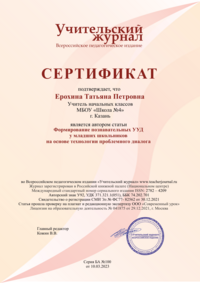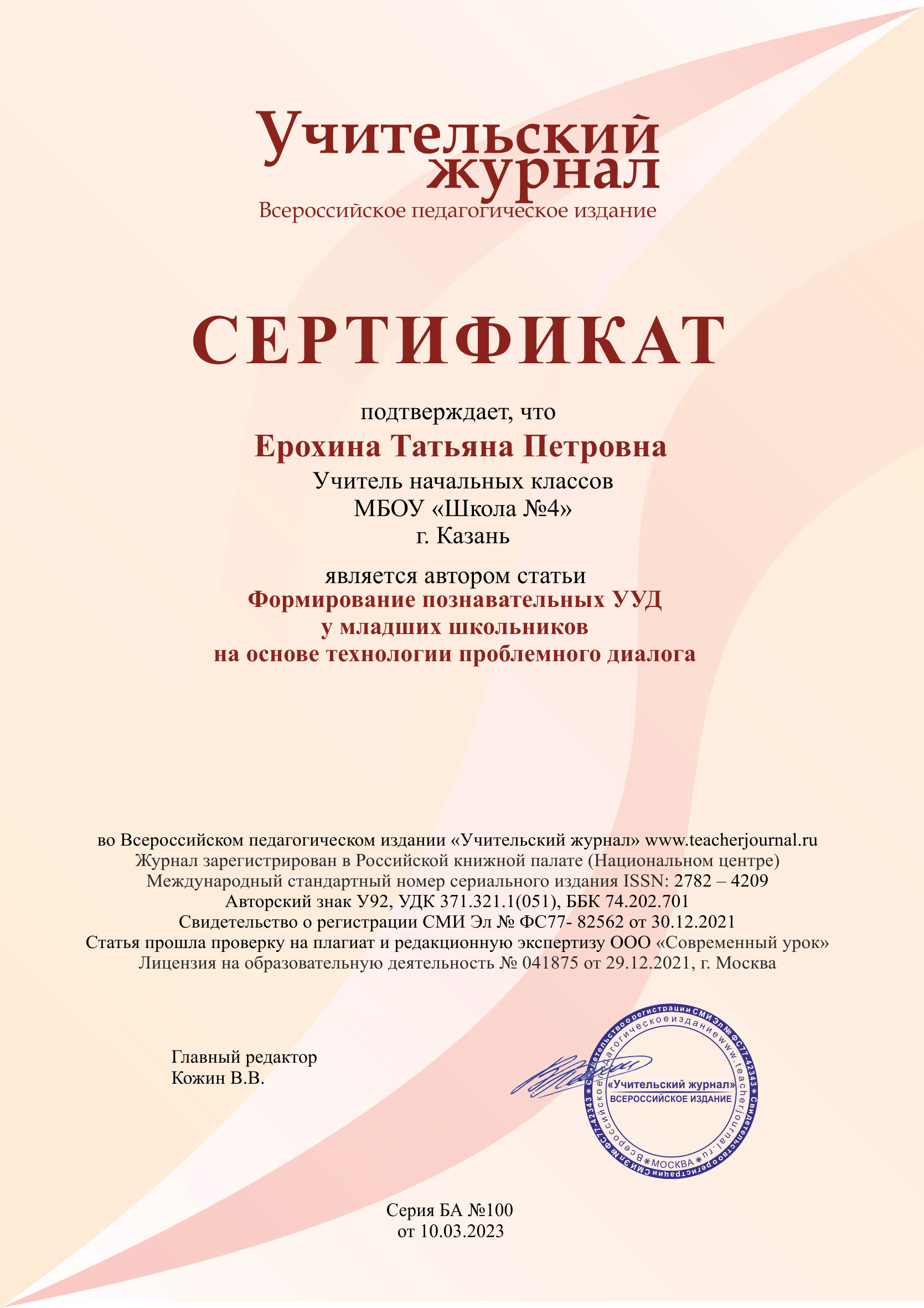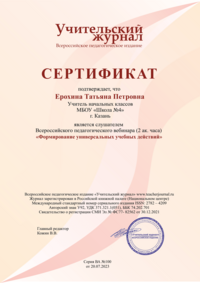Задания и разработка урока для предпринимательского класса в школе 10-11 класс
Автор: Соловьева Ирина Алексеевна
Организация: ГБОУ Школа №1018
Населенный пункт: г.Москва
1. Речевая компетенция
https://english-practice.net/practice-listening-business-english-exercises-for-b1-business-strategy/
Listen to a part of a radio interview with Flavio Petrozzi about his export consultancy business. Choose the correct answer a, b or c.
1 The export consultancy can
a help to set up new companies.
b improve management skills.
c help new and existing exporters.
2 Mr Petrozzi’s consultants
a have a great deal of export experience.
b know a lot about being successful.
c like working in other countries.
3 Mr Petrozzi says that exporting for the first time can be
a exciting.
b scary.
c costly.
4 What is the first thing a consultant will look at?
a product research
b target markets
c costs and finances
5 Mr Petrozzi says planning
a is generally very expensive.
b succeeds if it is comprehensive.
c helps a company avoid errors.
6 What does Mr Petrozzi say about customers today?
a They want the sales offices and warehouses in their country.
b They need customer services in their own country.
c They expect to receive their orders quickly.
7 What does he say about export paperwork?
a The consultants will organise all that.
b Constant updating of systems is important.
c It costs a lot to get all the necessary documents.
Answer
- c 2 a 3 b 4 b 5 c 6 c 7 a
2. Языковая компетенция
Read the text below and fill in the gaps with the correct form of the words in CAPITALS. Use prefixes, suffixes, or changes in word class (noun → verb, adjective → noun, etc.)
Managing Personal Finances
Good financial 1. __________ (MANAGE) is essential for a stable life. Many people struggle with 2. __________ (SAVE) money because of impulsive spending. To avoid 3. __________ (DEBT), experts recommend creating a budget.
Banks offer different services, such as 4. __________ (INVEST) accounts, which can help grow your savings. However, some people lack financial 5. __________ (LITERATE) and make poor decisions. For example, taking loans without checking the 6. __________ (REPAY) terms can lead to trouble.
Another issue is 7. __________ (EMPLOY). Without a steady income, it’s hard to achieve financial 8. __________ (STABLE). Some turn to side jobs for extra 9. __________ (EARN), while others try to reduce 10. __________ (ESSENTIAL) expenses.
By improving money habits, anyone can build a more secure future.
Answers:
1. management (noun)
2. saving (gerund/noun)
3. debt (noun)
4. investment (noun)
5. literacy(noun)
6. repayment (noun)
7. unemployment (noun)
8. stability (noun)
9. earnings (noun)
10. non-essential (adjective)
3. Социокультурная компетенция.
Read the text below and replace the underlined phrases with the correct money-related idiom from the box
Idiom Box:
break the bank, cash cow, cost an arm and a leg, get a bang for your buck, go Dutch, make ends meet, penny-pincher, save for a rainy day, tighten your belt, be born with a silver spoon
Smart Money Habits
Managing money wisely isn’t always easy. Some people spend very little (1) and always save money for difficult times (2). Others share the cost of a meal equally (3) when dining out.
Big purchases like cars or houses often are very expensive (4), but smart shoppers get good value for their money (5). A successful business can become a reliable source of income (6), but don’t assume it will make you spend all your money (7).
During tough times, people reduce their spending (8) to have enough money to live (9). Not everyone is from a wealthy family (10), so financial discipline matters!
Answers:
1. are penny-pinchers
2. save for a rainy day
3. go Dutch
4. cost an arm and a leg
5. get a bang for their buck
6. a cash cow
7. break the bank
8. tighten their belts
9. make ends meet
10. were born with a silver spoon
4. Компенсаторная компетенция.
Money & Finance Infographic
(Analyze the diagrams below to answer the questions.)
1. Income Sources
🔵 Symbols:
- 💼 Salary (60%)
- 📈 Investments (20%)
- 🎨 Freelance (15%)
- 🎁 Gifts (5%)
Question:
What percentage of income comes from non-salary sources?
(Answer: 40% — Investments + Freelance + Gifts)
2. Monthly Budget
- 🏠 Rent (40%)
- 🍔 Food (20%)
- 🚌 Transport (15%)
- 💡 Utilities (10%)
- � Savings (10%)
- 🎉 Entertainment (5%)
Question:
Which two categories combined equal the rent expense?
(Answer: Food + Transport = 35%)
3. Savings Growth
- 📅 Year 1: $1,000
- 📅 Year 3: $1,500
- 📅 Year 5: $2,500
Question:
How much did savings increase between Year 1 and Year 5?
(Answer: $1,500)
5. Учебно-познавательная компетенция.
In pairs, discuss the following questions.
Quick Pairwork Topics
(Each takes 3-5 minutes to discuss in pairs)
1. "Would you rather...?"
- Earn more money with a boring job or less money with a dream job?
Language: Comparatives, justifying choices.
2. Budget Puzzle
"Your income is $2,000. Allocate percentages to: 🏠🍔🚌🎉💡💰"
(Practice: Rent 40%, Food 20%, etc.)
3. Money Idiom Charades
Act out "break the bank" or "tighten your belt" for your partner to guess.
4. Culture Compare
"Is borrowing money from friends acceptable in your culture?"
5. Mini-Debate
"Cash will disappear in 10 years. Agree?"
6. Problem Solving
"Your friend spends 80% of their salary on shopping. Give advice."
English Lesson Plan for an Entrepreneurial Class (B1 Level)
Topic: "Money & Finance"
|
Lesson plan components |
|
|
Level and number of learners/ class profile |
Level B1 (Intermediate) Number of Students: 12–16 |
|
Timetable fit |
Students have already learnt “ Business Basics" (introduction to business vocabulary) |
|
Main aim(s) |
- Develop speaking and listening skills on financial topics. - Expand business/finance vocabulary (e.g., income, expenses, budget, profit). - Practice collaborative decision-making in financial scenarios. |
|
Subsidiary aims |
- Foster critical thinking through financial problem-solving. - Improve writing skills (note-taking, argumentation). |
|
Assumptions |
- Students are familiar with basic business vocabulary, they use present simple, past simple tenses. |
|
Anticipated problem
Possible solution |
Limited vocabulary among some students Provide a glossary / visual aids (e.g., infographics) Uneven participation in group work Assign roles (moderator, note-taker, speaker) Difficulty understanding audio materials Use a gap-fill transcript; replay key segments |
|
Timing |
Procedure |
Stage aims |
Aids and materials |
Interaction pattern |
|
10 min |
Warm-up: "Money Habits Quiz" Students answer 5 multiple-choice questions about personal finance habits (e.g., "How often do you budget?") |
Warmer/lead-in: to get students talking and introduce the topic Pair discussion comparing answers. |
Activate schemas, personalize topic, introduce key vocabulary. Printed quiz sheets, projector for answer key. |
Pairwork |
|
15 min |
Vocabulary Builder: "Financial Terms PyramidClass creates mind map on board. Groups categorize terms by complexity (Base: Basic words like "save"; Top: Advanced like "compound interest" |
Systematize tiered vocabulary, promote peer teaching. |
Flashcards, whiteboard markers, digital mind map tool (Padlet |
Groups of 3-4 |
|
10 min |
Role Play: "Bank Loan Interview” Use template: "I need $___ for ___ because ___."Banker asks 3 follow-up questions |
Fluency practice under pressure, use functional language. |
Role cards with prompts, timer. |
Rotating pairs |
|
10 min |
Reflection: "3-2-1 Exit Ticket” Write:3 new terms , 2 useful phrases and 1 question remaining. |
Consolidate learning, identify gaps |
Sticky notes, reflection sheet |
Individual |
|
10 min (2 variant) |
Listening: "Dragon's Den Pitch Watch 3-min video clip of startup pitch. Answer the question in written form: "Would you invest? Why?" |
Develop listening for specifics, analyze business decisions. |
Video clip), graphic organizer handout. |
Individual |
|
Summative: Homework - Write investor pitch using 10 lesson terms |
||||









